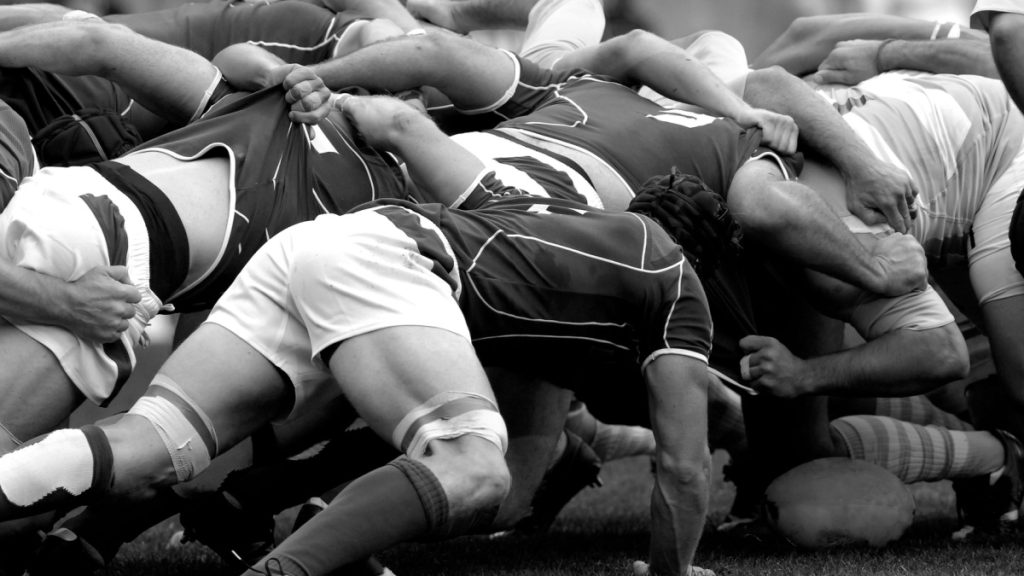
Rugby
Professional footballers spend the duration of a match trying to convince the referee they’re mortally wounded. Professional rugby players spend the same time trying to convince the referee that they’re not. That’s how we rugby lovers like to crow about our superiority over people who love round ball sports. The physical nature of rugby is such that those who play, experience the trauma of a car accident every minute. But to admit to pain is to admit you don’t belong with the toughest of the tough. Which is every rugby player’s deepest fear. Their other greatest fear is human error in refereeing.
As we draw closer to the Rugby World Cup in France this October, the spotlight has increasingly fallen on preventing a legacy of catastrophic injury. It’a a legacy that’s pervaded previous tournaments, including death and permanent paralysis. But a billion fans will be watching with the expectation of their own anxieties and anger to be dissipated. Like ice hockey and boxing do, but on a scaled-up level of brutality. So this Rugby World Cup will be different. And the central characters on the grandest of gladiatorial stages will be the referees. Why? Because they’re frightened of the ‘health & safety’ regime controlling today’s game. They will undoubtedly prove to be the villains of this global event by making overly cautious errors of judgement. Simply, they’ll be spoiling the atavistic pleasure of watching 70 minutes of savagery interrupted by 10 minutes of breathtaking athleticism.
The camera never lies
The first thing that should happen is for rugby to use the tech which cricket has used for a while, called Hawkeye. Hawkeye literally took all the guesswork out of hugely fallible umpiring decisions and ensured the game was won and lost fairly. It’s estimated that as many as 25% of all top-level cricket games were won by the wrong team, before Hawkeye arrived. It’s a series of cameras that capture the cricket ball from all angles and project where it would go if it had not been hit by the batter. Or even whether the ball bounced microns before it was caught by a fielder. Please don’t ask me to further explain the intricacies of cricket. Far better writers than I have tried and failed for a hundred years!
Trust me on this, technology as an additional rugby referee will change the game.
So for rugby, a series of cameras – perhaps twenty – will follow the ball and determine its trajectory to either reinforce the referee’s decision about something or disagree with it. But Hawkeye’s tech will be upgraded to become a cognitive ecosystem. It’ll able to determine the velocities and height of physical tackles made by one player on the other and determine their danger to the player on the receiving end.
This will level the playing field, so to speak, by ensuring the correct decisions are made, but conversely provide even more enjoyment to the more bloodthirsty of the fans, who may wish to bet on the power and velocities of hits.
Levelling the Playing Field
The other major thing that will change after the Rugby World Cup will be the video replays requested by referees to assist in their decision making. They will be controlled by the World Rugby body, rather than ‘home ground’ broadcasters. And Rugby World Cup 2023 will be held in France. French sports broadcasters are famous for not being able to find footage that incriminates their own national players. This has almost certainly led to their national team winning more matches than they should have.
Actually, this is just a rumour besmirching the good name of the French, of course, and I don’t believe it. Not for a minute. Why would I? I support the nicest, most charming, wouldn’t-hurt-a-fly team in all of world rugby.
Inside Telecom provides you with an extensive list of content covering all aspects of the tech industry. Keep an eye on our Tech to stay informed and up-to-date with our daily articles.